Animals and Inequality in the Ancient World
Animals and Inequality in the Ancient World
edited by Benjamin S. Arbuckle and Sue Ann McCarty
University Press of Colorado
Boulder
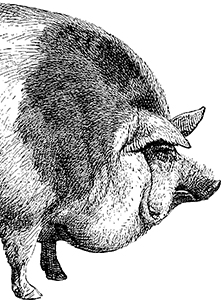
2014 by University Press of Colorado
Published by University Press of Colorado
5589 Arapahoe Avenue, Suite 206C
Boulder, Colorado 80303
All rights reserved
 The University Press of Colorado is a proud member of the Association of University Presses.
The University Press of Colorado is a proud member of the Association of University Presses.
The University Press of Colorado is a cooperative publishing enterprise supported, in part, by Adams State University, Colorado State University, Fort Lewis College, Metropolitan State University of Denver, Regis University, University of Colorado, University of Northern Colorado, Utah State University, and Western State Colorado University.
Chapter 2 was previously published in Spanish as Un portal al inframundo: Ofrendas de animales sepultadas al pie del Templo Mayor de Tenochtitlan, by Leonardo Lpez Lujn, Ximena Chvez Balderas, Belem Ziga-Arellano, Alejandra Aguirre Molina, and Norma Valentn Maldonado, Estudios de cultura nhuatl 44 (2012): 940, http://www.scielo.org.mx/scielo.php?script=sci_arttext&pid=S0071-16752012000200002&lng=es&tlng=es.
Library of Congress Cataloging-in-Publication Data
Animals and inequality in the ancient world / edited by Benjamin S. Arbuckle, Sue Ann McCarty.
pages cm
Includes bibliographical references and index.
ISBN 978-1-60732-285-6 (cloth) ISBN 978-1-60732-286-3 (ebook)
1. Animals and civilizationHistoryTo 1500. 2. AnimalsSocial aspectsHistoryTo 1500. 3. Human-animal relationshipsHistoryTo 1500. 4. EqualityHistoryTo 1500. 5. Social archaeology. 6. Ethnoarchaeology. 7. Civilization, Ancient. I. Arbuckle, Benjamin S. II. McCarty, Sue Ann.
QL85.A535 2014
304.2'7dc23
2013033573
 An electronic version of this book is freely available, thanks to the support of libraries working with Knowledge Unlatched. KU is a collaborative initiative designed to make high-quality books open access for the public good. The open access ISBN for the PDF version of this book is 978-1-64642-249-4; for the ePUB version the open access ISBN is 978-1-64642-248-7. More information about the initiative and links to the open-access version can be found at www.knowledgeunlatched.org.
An electronic version of this book is freely available, thanks to the support of libraries working with Knowledge Unlatched. KU is a collaborative initiative designed to make high-quality books open access for the public good. The open access ISBN for the PDF version of this book is 978-1-64642-249-4; for the ePUB version the open access ISBN is 978-1-64642-248-7. More information about the initiative and links to the open-access version can be found at www.knowledgeunlatched.org.
Cover illustrations: Nineteenth-century engraving of Temple of the Python, Ouidah Benin (Morienval 1898:41) (front left); Hampshire pig / vintage illustration from Meyers Konversations-Lexik on 1897, Hein Nouwens / Shutterstock (front right and flap).
To the memory of Dugald Sinclair Arbuckle.B.A.
To the many family, friends, cats, and colleagues who supported me during my cancer treatmentconcurrent with the editorial phase of this volumefor their good humor, patience, concern, and infinite kindness.S.A.M.
Contents
BENJAMIN S. ARBUCKLE AND SUE ANN MCCARTY
NAWA SUGIYAMA, GILBERTO PREZ, BERNARDO RODRGUEZ, FABIOLA TORRES, AND RAL VALADEZ
LEONARDO LPEZ LUJN, XIMENA CHVEZ BALDERAS, BELEM ZIGA-ARELLANO, ALEJANDRA AGUIRRE MOLINA, AND NORMA VALENTN MALDONADO
SUSAN D. DEFRANCE
ASHLEY E. SHARPE, WILLIAM A. SATURNO, AND KITTY F. EMERY
H. EDWIN JACKSON
ABIGAIL HOLEMAN
ADAM S. WATSON
CHARLOTTE K. SUNSERI
ARKADIUSZ MARCINIAK
BENJAMIN S. ARBUCKLE
LEVENT ATICI
RODERICK CAMPBELL
JOSHUA WRIGHT
NEIL L. NORMAN
MICHAEL MACKINNON
PAM J. CRABTREE AND DOUGLAS V. CAMPANA
NAOMI SYKES
Acknowledgments
The editors thank University Press of Colorado, especially Jessica dArbonne and Darrin Pratt, for their interest in this project and deftly moving it through the publication process. The editors also thank all of the participants in the session at the Society for American Archaeology meeting in St. Louis in 2010, from which this volume developed, as well as all of the contributors to this volume for cheerfully providing brilliant manuscripts, interesting figures, and properly formatted bibliographies. Elizabeth Scott and an anonymous reviewer kindly read and provided valuable comments on the volume. Thanks also to Baylor University, the University of Virginia, and Patricia Wattenmaker for support during the production of this volume.
Animals and Inequality in the Ancient World
Animals and Inequality in the Ancient World
An Introduction
BENJAMIN S. ARBUCKLE AND SUE ANN MCCARTY
The interaction of humans and animals has fascinated scholars for generations and continues to be a productive focus of research across a range of disciplines (). Part of the reason for this continued interest is the degree to which animals are integrated into the fabric of human cultures and thus provide material and symbolic reference points around which cosmologies, cultural practices, aesthetics, and identities are built.
Archaeological approaches to the human-animal relationship, especially those focused on prehistoric periods, have long emphasized the value of using animals to address issues relating to environment and subsistence, particularly regarding the origins of domestic animals ().
The chapters of this volume explore some of these current trends in the social archaeology of human-animal relationships, focusing on the ways in which animals are used to structure, create, support, and even deconstruct social inequalitiesanother major topic of archaeological inquiry. Although representing a diverse range of geographic and spatial contexts, from Neolithic Europe to the complex hunter-gatherers of coastal California, and from the Classic Maya to Colonial West Africa, each of the seventeen chapters in this volume builds on a set of shared themes that target the social rather than the strictly economic roles of animals, and focuses on animals as prominent media for expressing and manipulating social difference. These diverse chapterseach covering important specific topics in its own right, and collectively representing both the Old and the New Worldsshow that although the specific uses of animals may vary through time and space, animals become entangled within human social networks in predictable and consistent ways. These entanglements are so pervasive, so accepted, and so effective that animals often become core symbolic elements that materialize and naturalize social inequalities at a variety of scales extending from households to empires. It is this widespread and intimate association between animals and the creation and reproduction of social relations of inequality that is the shared thematic focus of the wide-ranging chapters of this volume.
The themes explored in this volume derive largely from the works of prominent anthropologists such as Claude Lvi-Strauss, Arjun Appadurai, Jack Goody, and Tim Ingold. This body of work has recognized that people in every cultural context, whether mobile hunter-gatherers or sedentary urbanites, incorporate animals into their cosmological and social systems. :89) famously expressed the idea that animals are good to think, emphasizing that the materiality of animals can effectively be used as repositories for, and to express, a wide range of social information. This theme is especially prominent in the New World chapters of this volume, where contributions by Nawa Sugimaya et al., Leonardo Lpez Lujn et al., H. Edwin Jackson, and Abigail Holeman, for example, focus on the prominent symbolic messages encoded within the structured deposition of specific, often wild, taxa. These messages are saturated with political, ritual, social, and cosmological hierarchies and are often carefully designed to reify and naturalize the prominent inequalities present in complex societies.

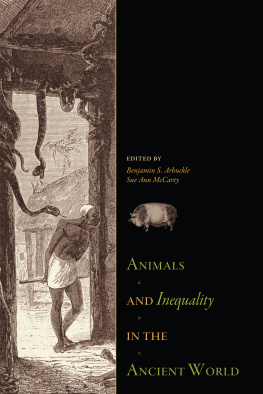



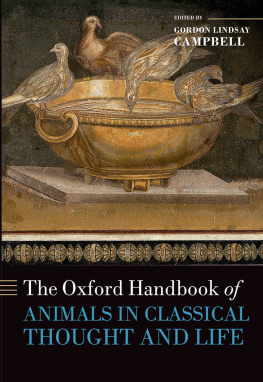

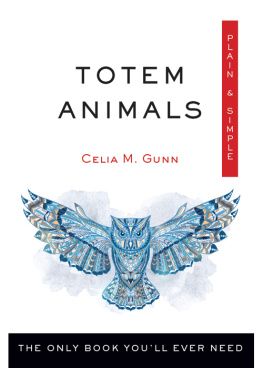
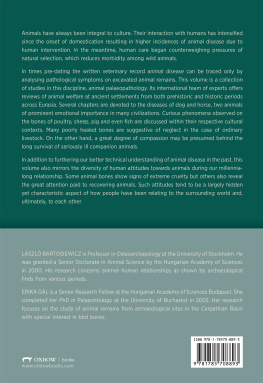




 The University Press of Colorado is a proud member of the Association of University Presses.
The University Press of Colorado is a proud member of the Association of University Presses. An electronic version of this book is freely available, thanks to the support of libraries working with Knowledge Unlatched. KU is a collaborative initiative designed to make high-quality books open access for the public good. The open access ISBN for the PDF version of this book is 978-1-64642-249-4; for the ePUB version the open access ISBN is 978-1-64642-248-7. More information about the initiative and links to the open-access version can be found at www.knowledgeunlatched.org.
An electronic version of this book is freely available, thanks to the support of libraries working with Knowledge Unlatched. KU is a collaborative initiative designed to make high-quality books open access for the public good. The open access ISBN for the PDF version of this book is 978-1-64642-249-4; for the ePUB version the open access ISBN is 978-1-64642-248-7. More information about the initiative and links to the open-access version can be found at www.knowledgeunlatched.org.